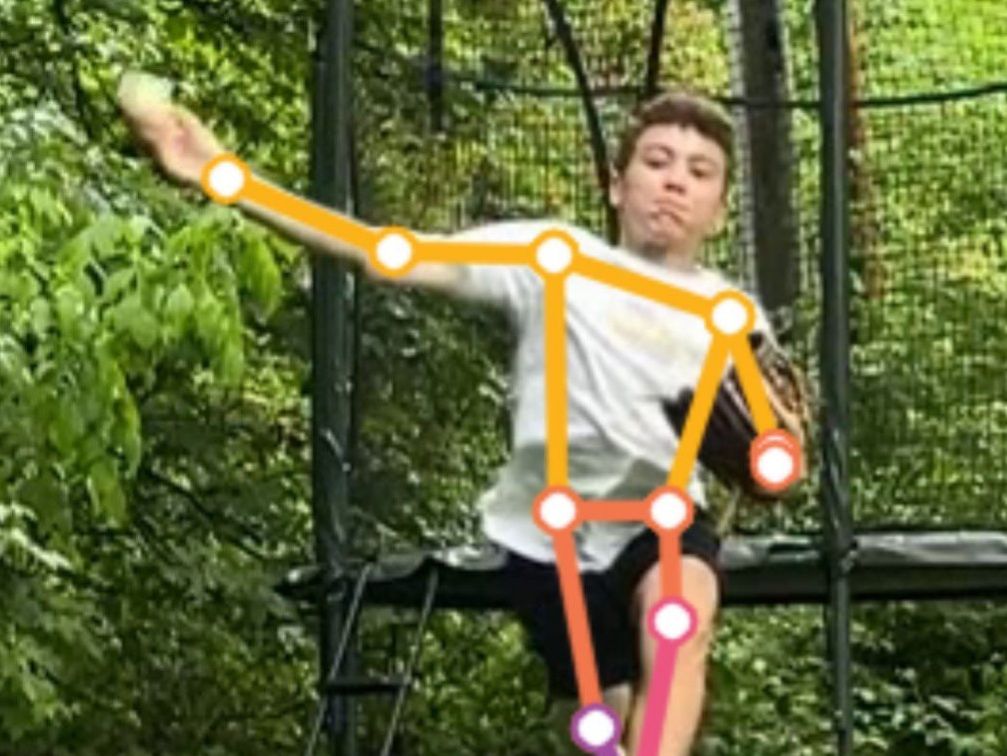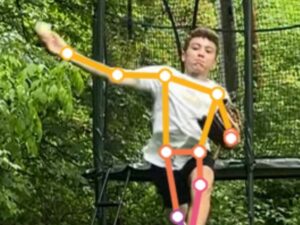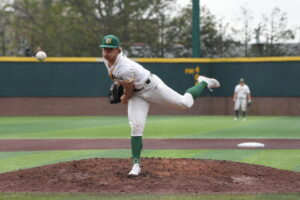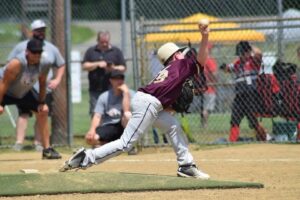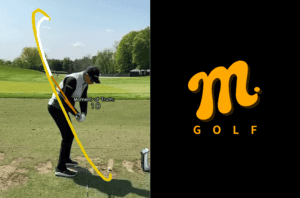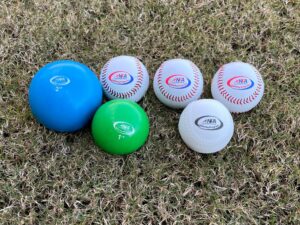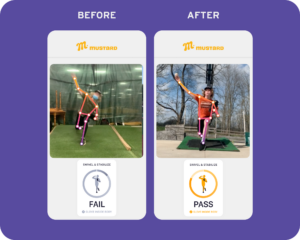By Tom House, PhD, with Lindsay Berra
Head position is incredibly important in the pitching delivery, and one thing all great pitchers have in common is their heads don’t move. Remember that kid in the movie Jerry Maguire? “Do you know the human head weighs eight pounds?” Well, if your head is greater than 15 degrees off center, it actually doubles the weight of your head, and having to overcome 16 pounds of dead weight pulling you in the wrong direction wreaks havoc on both your biomechanical efficiency and your command of your pitches. So, if your head moves too much – either up or down or toward first or third base – you’ll first have difficulty throwing strikes, and you’ll eventually run the risk of injuries from the excessive stress.
FIND A NATURAL SET POSITION. Head movement, and balance and posture, is the biggest issue all throwing athletes have, and this holds true even with the elite quarterbacks I coach. Balance is defined as having the head over the belly button, between the balls of the feet, in an athletic position. Posture is a spine-to-hip angle that stabilizes the pitcher’s head through delivery. Once you establish your posture, your head should stay where it is and only go forward. So, stand in front of a mirror, and find your batting stance, or set yourself up to shoot a free throw. That’s the amount of knee bend you want in your set position on the mound. Your feet should be just about armpit-width; don’t let them get too far outside the width of your hips. That athletic stance is your set position, and it will put your balance and posture very close to what it should be for your pitching stretch position.
Two weeks with Mustard! We see you @MicahSimpson34! Before and afters are crazy! pic.twitter.com/7Bfz32Y2iK
— Mustard (@TeamMSTRD) April 18, 2021
IDEAL HEAD POSITION IS 15 DEGREES OR LESS OFF OF CENTER. This creates your balance at release point, where each inch of inappropriate head movement will cost you two inches of distance at release point. If the head moves two inches off of center, your release point will be four inches further from home plate. Instead of being in the fast lane on the freeway, you are weaving and bobbing. This costs you both real and perceived velocity. It will also cause issues with the front side of your shoulder and the front side of the elbow, putting extra stress upon them because your head is leaning away from the direction in which you are trying to throw the ball. Using the Mustard app will show you the angle of your head, and if necessary, will teach you how to fix it!
HEAD MOVEMENT CAN BE EITHER A STRENGTH ISSUE OR A MECHANICS ISSUE. Or, it can be both. If the head moves before foot strike, it’s a mechanics issue. If the head moves after foot strike, it’s a strength issue. You have to look at windows of trainability to decide what to do. A preadolescent might have both strength and mechanics deficiencies, but it does no good to work on strength exercises with weights until he or she hits puberty. Instead, focus on bodyweight strength exercises. In this case, if the head moves before foot strike, it’s likely neurological and you can find a position in the stretch to fix it.
One week change working with @TeamMSTRD app and @tomhousesports Getting there! pic.twitter.com/MKfkJ9yNyI
— sethgrossman (@tennseth) May 5, 2021
ADJUST THE BODY SO THE HEAD DOESN’T MOVE. If the head dips up and down, there is only one thing that can make that happen: the knee joint. So, if the head drops three inches in the stretch, you should bend the knees three inches deeper in the set position. If the head moves east and west – toward first or third base – look at posture. The kids who lean back 10 degrees when they lift are generally too upright in the set position. So lean them 10 degrees forward in the stretch, so the head arranges itself inside the toes, right over the belly button. The head should be on the baseball side of the body, not the butt side. Now, what he has been doing inappropriately is positioning him to where his head belongs when he releases the baseball. We call it pre-setting.
DRAGLINE IS AN INDICATOR OF HEAD EFFICIENCY. The back foot drive line reflects what the head is doing into release. Arrange yourself on the rubber so your dragline goes from the middle of the rubber to the middle of home plate. It should be the length of two of your feet; not two feet, but two of your size 9s or size 12s. If it’s shorter, your head is getting ahead of your belly button. Your head has to stay over or behind your center of gravity as you stack and track and throw the ball. You can read more about dragline in this blog.
Got a ways to go but pretty excited to see the postural improvements in a few days with the @TeamMSTRD app that we have been chasing for a long time. Thanks, @tomhousesports! pic.twitter.com/q6pFzAe69e
— Justin Tammany (@jtammany) April 28, 2021
YOUR HEAD – AND YOUR GLOVE – INFLUENCE YOUR COMMAND. The head controls left and right. The glove controls up and down. Head movement right or left into release point will cause you to miss inside or outside. If you miss high or low, it’s usually due to an inefficient glove. As the shoulders begin to rotate toward home plate, the glove should be stabilized over the front foot, in front of the torso, between the shoulders and the belly button. We call this “swivel and stabilize.” If you’ve done everything properly, the glove turns over and stops. It’s a biomechanical inevitability. But if you have inefficiencies, the glove becomes an imperative, and you have to use it to keep yourself from spinning out or coming off that center line.
THE EYES AFFECT HEAD POSITION AND ARM SLOT. If you keep the eyes level to the horizon, most pitchers will have great balance and posture and the arm slot will take care of itself. If they’re not strong enough to stabilize the bowling ball they call their head, or they are told to get on top of the ball and they’re moving their head to get the arm up high, the head will run from the arm. If you think about throwing sidearm, your head can’t move away. It will level out the eyes and put you back into your natural arm slot. You can’t have the head tilted and the eyes level, but you can have the head tilted into foot strike as long as the eyes level off by release point: Aroldis Chapman does this. But most kids aren’t Chapman. Keep the eyes level to determine the genetic arm slot.
If you’d like more great content from Mustard, and you’d like to evaluate and improve your own pitching mechanics, download the Mustard pitching app today.

